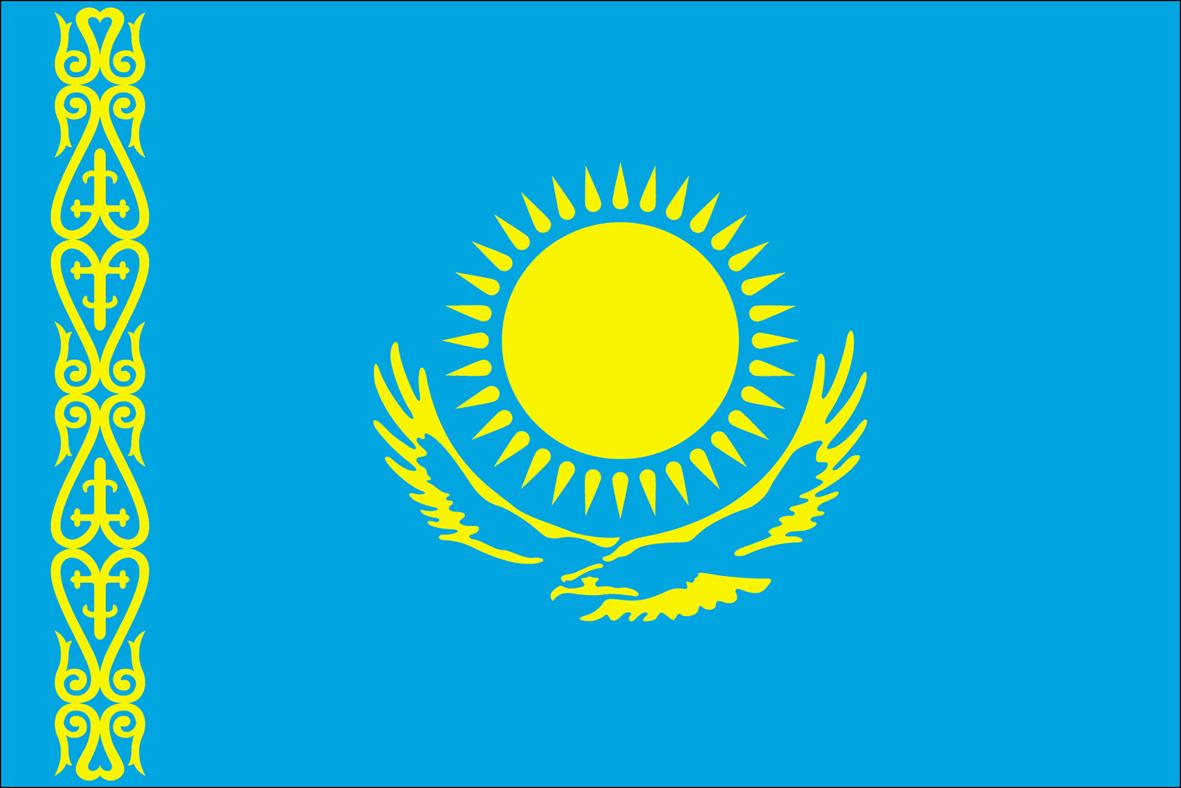China's, Türkiye's and Azerbaijan's tea culture has been inscribed on the UNESCO World Heritage List
© Hasma Halimi / UNESCO Youth Eyes on the Silk RoadsOn Tuesday 28th of November 2022, ‘Traditional Tea Processing Techniques and Associated Social Practices in China’ and the ‘Culture of Çay (tea), a symbol of identity, hospitality and social interaction’ in Türkiye and Azerbaijan, were inscribed onto the UNESCO Representative List of Intangible Cultural Heritage for Humanity. The list recognizes the knowledge, skills, and practices concerning the management of tea plantations, the picking of tea leaves, the social phenomenon, and the drinking and sharing of tea.
As a phenomenon, Silk Roads tea culture has a strong social influence, vitality, and long-term presence in the communities located along these routes. In fact, tea culture played a key role in social development between many civilizations on the Silk Roads, easing exchange between people and fostering mutual learning.
In Chinese culture, tea is a cornerstone of daily life, and, whether steeped or boiled, is offered in homes, offices, tea houses, restaurants, and temples. Social practices, traditional skills, and certain handcrafts, as well as values such as respect and modesty are all associated with tea culture. Similarly, tea culture in Azerbaijan and Türkiye is an important social practice that demonstrates hospitality, builds and maintains social bonds, and celebrates important moments in community life. Although the types of tea and brewing techniques differ, both countries primarily harvest and consume black tea. In Azerbaijan, tea is linked to warmth, and the tradition is that no one should have guests leave the house without having tea together.
Along the Silk Roads, tea was considered a luxury item, as well as being used by Buddhist temples and practitioners. It was also an important tool of cross-cultural exchange moving westwards along trade routes to the Iranian Plateau where it replaced coffee, northward as far as Mongolia where it replaced fermented milk beverages, and southwest into the Indian Subcontinent. Following its diffusion across Eurasia, tea quickly came to prominence in creative fields, with poets and artists writing about the enjoyment of the beverage and exploring the customs and associated traditions of tea in their works.
Tea culture is just one example of new imports and social practices which were often later transformed and rethought according to the details of the society into which they were introduced. The influence of the free flow of ideas, goods and artistic elements along the Silk Road forms an important common heritage in today's world. As a result, in many parts of the world we continue to gather to unwind, converse, share culture, and conduct business over tea.




